|
|
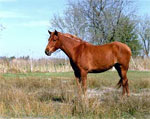
|
Abaco Spanish Colonial
|
|
Making for a great mountain climate work horse, the Abaco Barb is an intelligent breed that has a nice, calm temper. They tend to be capable of adapting to even the worst of weather conditions.
|
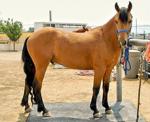
|
Abstang
|
|
Considering the inherent toughness of both the Mustang and the Arabian, it’s surprising that this mix is so new. The breed is a cross that combines two of the oldest and hardiest breeds on the planet.
|
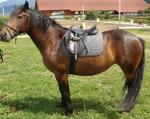
|
Abtenauer
|
|
One of the many endangered draft breeds, the Abtenauer is the smallest variation of the Noriker horse and their population numbers are very low.
|
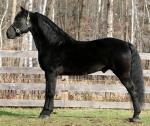
|
Abyssinian Horse
|
|
There are many breeds of horses that are rare and the information related to those breeds of horses is rarer. One of them is The Abyssinian horse, although we have tried our best to gather the information about The Abyssinian horse and put before you. Another name of The Abyssinian horse is Gala.
|
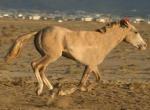
|
Adaev
|
|
The Adaev comes from the Caspian Depression and is found within the Kazakh breed which dates back to the 5th century B.C.
|
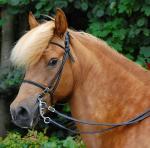
|
Aegidienberger
|
|
A cross between the elegant Peruvian Paso and the pure blood of the hardy Icelandic horse, combined to create a larger gaited animal well suited to colder climates.
|
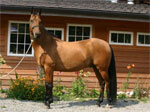
|
Akhal-Teke
|
|
Renowned for their poise and class, the Akhal-Teke makes for an excellent riding horse as well as a popular show horse due to their calm temper and sweet disposition.
|
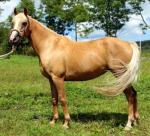
|
Albanian Horse
|
|
If we try to gather the information about The Albanian horse then we will find the two basic kind of The Albanian horse i.e. Mountain and the Myzeqea.
|
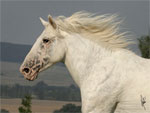
|
Altai
|
|
Considered one of the more docile breeds, the Altai is a good choice for farm work or long treks through rough terrain. They are extremely strong and can even withstand very bitter temperatures.
|
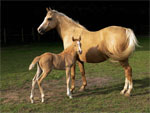
|
Alter-Real
|
|
The Alter-Real is a horse for any occasion, being strong and ready to work, laid-back and ready to ride, or hearty and ready for a show. Besides being a triple threat, they're also very smart.
|
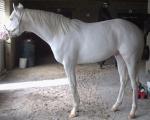
|
American Albino
|
|
To no surprise, the main physical characteristic of the American Albino is a white coat, white tail and mane, pink skin, and black, brown, or dark blue eyes. Outside of coloration, the American Albino is separated into a stock type horse, saddle horse type, and Arabian type, with separate categories for ponies.
|
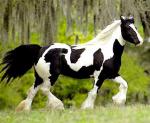
|
American Bashkir
|
|
Albinism is fatal in equines, a pure albino is a result of lethal white genes from both parents and will always die in the womb. American Albino (also called American Cream & White) horses are pure white, but not actually albino genetically.
|
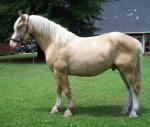
|
American Cream Draft
|
|
A relatively new breed, the American Cream Draft comes from Iowa in 1905 and a foundation mare named Old Granny.
|
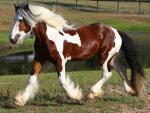
|
American Drum Horse
|
|
The drum horse makes a great heavy riding horse that has proven to be both a versatile and athletic mount. They are a relatively new breed to the US, but they have a rather distinguished history.
|
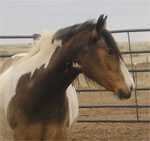
|
American Indian Horse
|
|
The American Indian Horse is best known for their endurance and ability to travel for long distances with ease, making them superb riding and work horses. They are thoughtful and even-tempered.
|
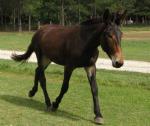
|
American Mammoth Jack
|
|
The world’s largest breed of ass, the American Mammoth Jack stock was developed in the U.S. through the selective cross breeding of imported European stock with local Native American and Mexican animals.
|
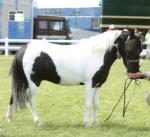
|
American Miniature Horse
|
|
Miniature horses come from English and Dutch mine horses that were imported to the Americas in the 19th century for use in coal mines in the Appalachian mountains.
|
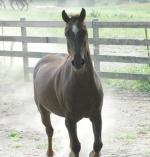
|
American Mustang
|
|
The American mustang symbolizes the freedom of the wild west in North America. The word mustang comes from the Spanish word mestena which is roughly translated as a group of wild horses.
|
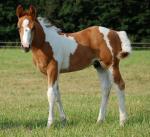
|
American Paint Horse
|
|
The paint is a performance type color breed and are bred exclusively to keep their spotted pattern. Crosses to gaited, pony or draft breeds are not recognized by the registry, only Thoroughbred or Quarter Horse blood is allowed.
|
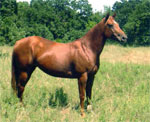
|
American Quarter Horse
|
|
Loving to race and loving to work, the American Quarter Horse is one of the more rugged breeds out there. They usually prefer to be found in packs, but they'll warm up to humans with some time and effort.
|
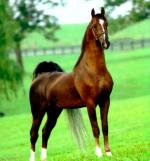
|
American Saddlebred
|
|
The American Saddlebred horse played a large part in the development of American history and they gained fame as a breed for their service during the Civil War.
|
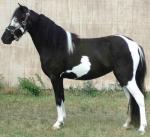
|
American Shetland Pony
|
|
Breeding centered in the state of Indiana after an influx of ponies were imported from the Scottish Shetland Islands starting in 1885.
|
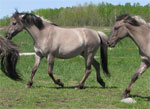
|
American Sorraia Mustang
|
|
The American Sorraia Mustang is a breed that's endured a lot, and though smaller in size compared to some other breeds, they're as tough as the best of them.
|
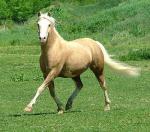
|
American Sport Pony
|
|
Sport ponies have been enjoyed for hundreds of years in Europe and their stock gradually made it’s way to North America.
|
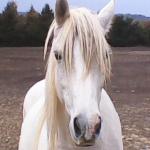
|
American Spotted Paso
|
|
One of the main goals for the breeders of the American Spotted Paso horse is combining the smooth gaits of the Peruvian Paso horse with the colorful coat patterns of the pinto.
|
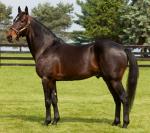
|
American Standardbred
|
|
This breed actually earns its name, trotters and pacers are required to meet speed requirements prior to registration with the breed.
|

|
American Thoroughbred
|
|
The first Thoroughbred horse imported to the American colonies was Bulle Rock in 1730. From that point on the colonies began a love affair with horse racing and thoroughbred athletes.
|
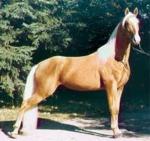
|
American Walking Pony
|
|
American Walking Pony Registry was founded in 1968 and started with experimental breeding to develop an Arabian type pony with smooth saddle gaits.
|
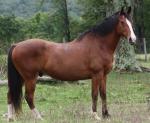
|
American Warmblood Horse
|
|
Many different bloodlines may be registered as American Warmblood horses, they are required to be of sport horse or warmblood type and meet studbook requirements.
|
|
|